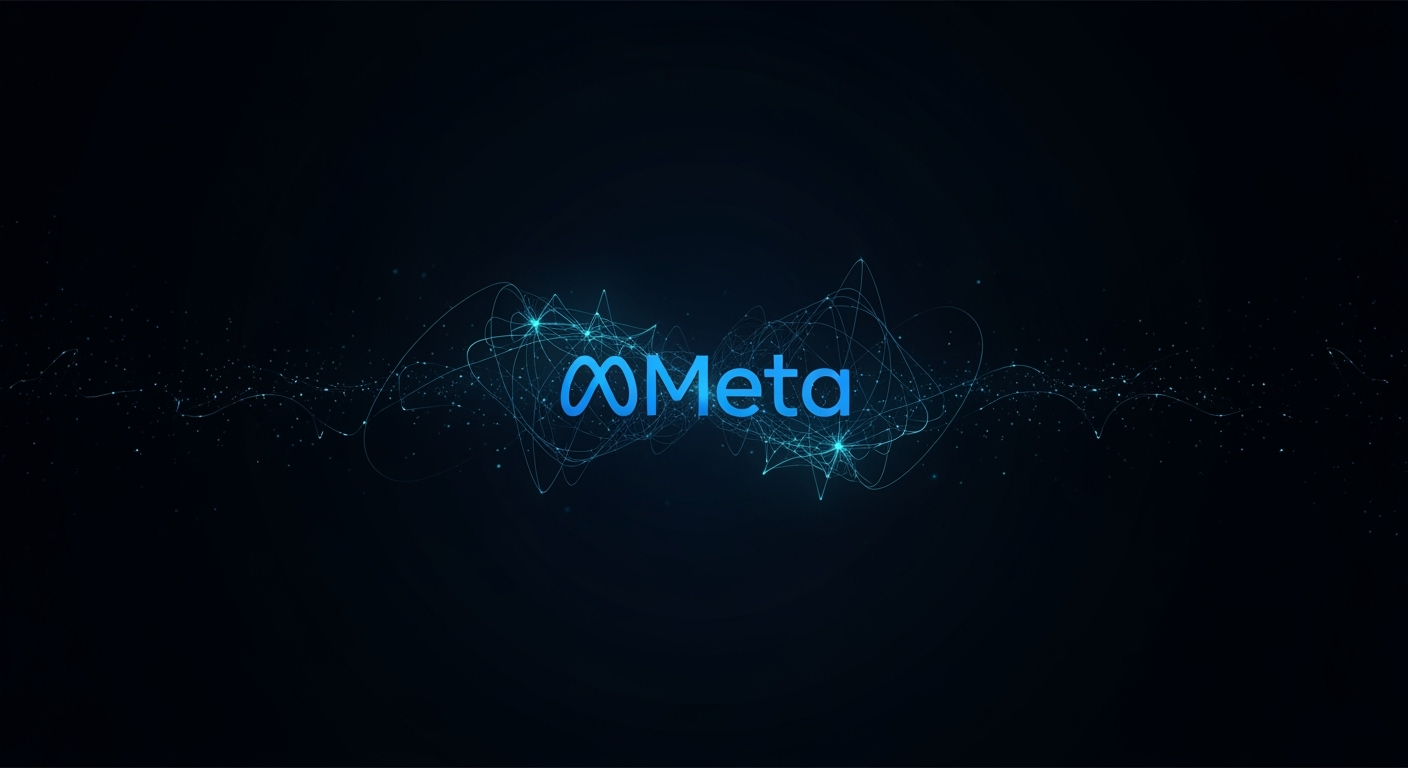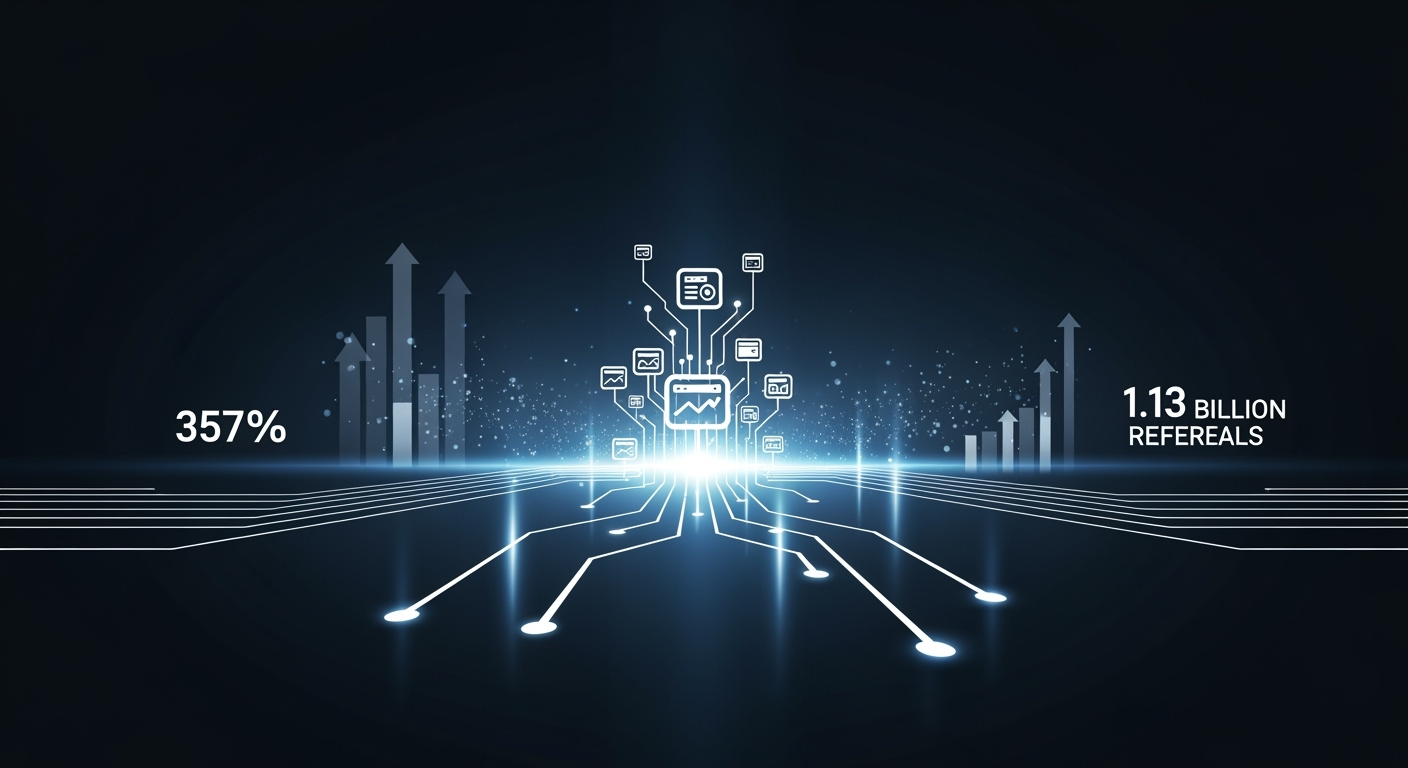Amazon's AI: New Bot, New Human Jobs?
Amazon's Vision: Human Roles in an AI-Powered Warehouse
The rise of artificial intelligence (AI) sparks a crucial debate: will bots replace human workers, or will they create new opportunities? Amazon's latest warehouse robot, Vulcan, offers a glimpse into a future where humans and AI might work side-by-side, transforming job roles rather than eliminating them entirely.
The AI Workforce: Two Competing Visions
In the tech industry, opinions diverge on AI's impact on employment. Some foresee a future where bots handle most tasks [1], with even specialized roles like venture capitalism debated [2]. Others, citing historical trends and reports like that from the World Economic Forum, predict that while AI may displace 92 million roles, it could also generate 170 million new ones [3]. This latter view suggests AI will tackle tedious work, allowing humans to evolve into new roles.
But what does this mean for workers in roles like unskilled labor, particularly those without advanced degrees in AI?
Enter Vulcan: Amazon's "Feeling" Robot
Amazon recently unveiled its Vulcan robot, a significant step in warehouse automation, capable of "feeling" and handling items [4]. According to CEO Andy Jassy, "Vulcan is helping make work safer by handling ergonomically challenging tasks, while creating opportunities for our teammates to grow their skills in robotics maintenance" [5].
Amazon's announcement [6] details how Vulcan will assist human workers by managing items on the highest and lowest shelves. This allows human employees to focus on items at mid-level or those requiring a human touch, reducing physical strain.

Image: Amazon's Vulcan robot (Source: TechCrunch)
New Skills for a New Era: Retraining for Robot Maintenance
Alongside Vulcan's introduction, Amazon highlighted its efforts to retrain a segment of its warehouse workforce as robot technicians. The company stated that robots, already involved in 75% of customer orders, have led to "hundreds of new categories of jobs at Amazon, from robotic floor monitors to onsite reliability maintenance engineers" [6].
However, this retraining is unlikely to be a one-to-one replacement. Not all employees will have the aptitude or interest in becoming robot mechanics, and fewer technicians are needed compared to pickers. Despite this, Amazon's focus on retraining programs is a noteworthy development in understanding how the workforce might adapt.
Beyond the Warehouse: What Could Future Jobs Look Like?
Amazon's initiative offers a counter-narrative to predictions of mass unemployment due to AI, where some suggest humans might rely on universal basic income [1]. Instead, we might see roles like "automation monitors," similar to how a single clerk often oversees multiple self-checkout kiosks today. The ability to operate and oversee robotic systems could become a fundamental job skill, much like basic computer literacy.
A Dose of Realism: Is a Fully Automated Future Imminent?
It's important to temper expectations. A future dominated by bots may not materialize universally or rapidly. Automation could remain concentrated in large, well-funded companies like Amazon or in specific sectors like automotive manufacturing, while many retail, restaurant, and driving jobs continue to be performed by humans for years to come.
Amazon's own history with automation, such as its "Just Walk Out" technology for Amazon Go stores, provides a case in point. The technology faced lukewarm interest from the wider retail industry [7], was found to rely on human oversight [8], and Amazon itself has scaled back its use [9]. This suggests that widespread, seamless automation still faces significant hurdles.
Conclusion: Navigating the Bot Revolution
Amazon's Vulcan robot and its accompanying retraining initiatives provide a valuable, albeit early, look at how human roles might evolve in an increasingly automated world. While the path forward is not entirely clear, it suggests a future of human-AI collaboration rather than outright replacement, emphasizing the need for adaptability and new skill development. The full impact, however, will likely unfold gradually and vary across industries.
This blog post is a summary and analysis of a news report by TechCrunch [10].
References
- [1] TechCrunch: Famed AI researcher launches controversial startup to replace all human workers everywhere
- [2] Business Insider: Marc Andreessen on AI and VC jobs
- [3] World Economic Forum: Future of Jobs Report 2025
- [4] TechCrunch: Amazon debuts a warehouse robot with a sense of touch
- [5] Andy Jassy on X: Post about Vulcan
- [6] About Amazon: Amazon Vulcan robot to pick and stow items with a sense of touch
- [7] Business Insider: Target and Amazon Go
- [8] Bloomberg Opinion: The Humans Behind Amazon’s Just Walk Out Technology
- [9] TechCrunch: Amazon closes more of its cashierless convenience stores
- [10] TechCrunch: Amazon offers peek at new human jobs in an AI bot world (Main Source)





